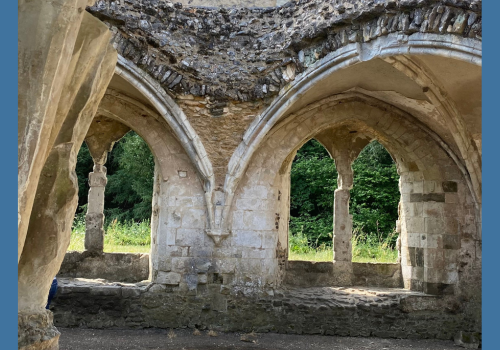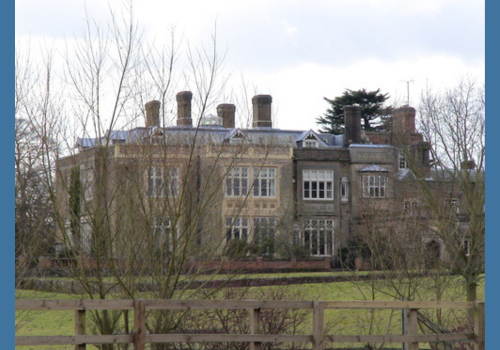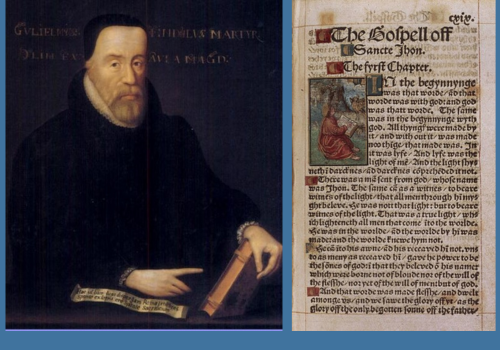The Dissolution of the Monasteries in Midsomer Murders
• (Caution: Contains spoilers for Episode: S04E01: Garden of Death, S07E06: The Straw Woman, and S11E07: Talking to the Dead. With a little bit of S20E01: The Ghost of Causton Abbey, S08E03: Orchid Fatalis, and S14E07: A Sacred Trust.) Diesen Beitrag gibt es auch auf Deutsch. • Tom Barnaby and Ben Jones are in Bow Clayton with the Reverend Wallace Stone in his drawing room. The clergyman is standing in front of a mirror in a cassock, getting ready for the next service, while he tells the two detectives what he thinks of the legend of Monks Barton Wood: It’s about the monks of Monks Barton Abbey, slaughtered in the nearby forest by mounted men in the name of Cromwell and his Dissolution of the Monasteries. A horrific event and their screams and moans of their ghosts can still be heard in the woods, the locals say.



